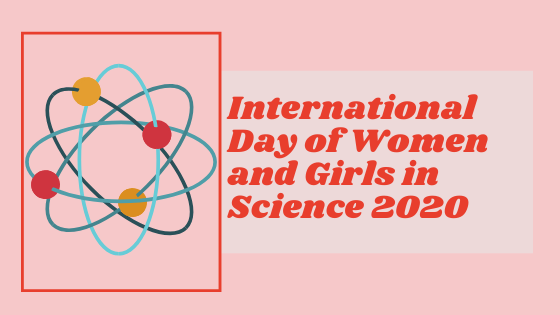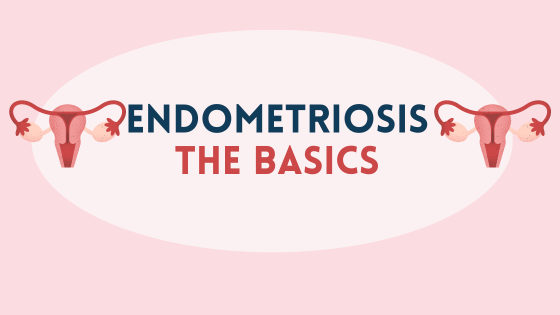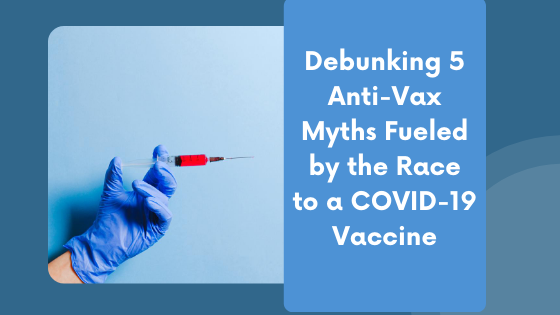Tuesday 11th February marks the International Day of Women and Girls in Science! Here at Seeking Science, we are passionate about promoting women in STEM, so to mark the day, we’re exploring some of the issues facing women in science, and what can be done to solve them.
The UN, who organises this day of awareness, has pledged to ‘end the gender imbalance in science’ as part of its Global Goals scheme. But what causes these imbalances? What exactly are the barriers facing women and girls in science?
- Attitudes to motherhood: Women who choose to pursue a career, as well as family life, have always been criticised for not being able to commit ‘enough’ time to either. Working in science is not easy; long hours in the lab or completing paperwork applying for research funding will take its toll on anyone, but for working parents, this is especially difficult. However, the problem lies within academic or industrial workplaces being unable to support working mothers, and there has been little research into why this is, or how institutions can better support working parents.
- Unconscious biases: Unconscious or implicit biases are prejudices against or in favour of a certain person, thing or group. Many of us still unconsciously associate science with ‘masculinity’, and this stereotype can be harmful to women in science, preventing them from accessing resources or opportunities and halting career progression.
- Imposter syndrome: Impostor syndrome is a side effect of the implicit gender biases women face in the workplace. The belief that we are not good enough, that we don’t belong, and that we are eventually going to be caught out for not knowing enough are not reflections of our abilities, rather, they reflect everything that industry and academia are doing wrong. If women are not made to feel valued and appreciated for the work they are doing, then naturally, this will affect their self-perception, creating a vicious cycle bound to influence female career progression. For more on unconscious biases, check out this resource.

So, what can be done to help advance women and girls in science? We don’t have a magic wand to solve all the world’s gender imbalance problems, but here are a few recommendations that we think could help.
- Celebrate women in STEM: Hearing about the achievements of women in science will help to break down the stereotype that science is just a boy’s club. This will help inspire a generation of young girls, as well as help to dismantle implicit biases held by others. Plus, there are a lot of women doing amazing science and so it’s worth celebrating them for science’s sake alone.
- Promote diverse representations of women in STEM: Following on from the above point, it is important that ALL women in STEM are celebrated. There is no singular image of what a woman in science looks like, and hence we must be careful not to promote one such image.
- Make science inclusive: Free childcare provided at conferences so that scientists with children don’t have to miss out on presenting their research, flexible working to enable mothers to carry out experiments and see their children, mentoring to teach women in science how they can demand reasonable adjustments and fight for their rights – these are just a few of the ways that scientific (and all) workplaces could be made more inclusive, particularly of women.
- Listen to women in the workplace: What do female scientists need to enable them to have a family life and a career? What would make their job easier so that they can carry out their duties to the best of their abilities? Are they being given the guidance and mentoring they need? Systematic reviews of industrial and academic workplaces should be regular and commonplace, and it should start by listening to and understanding the experience of women working in such places.
- Raise awareness of biases: We must always be on the lookout for our own implicit biases, but we cannot do so if we don’t understand them, or worse, have never been taught about them.
We hope you’ve enjoyed reading this article, and that you’ve learnt something new too! We can all do our bit to tackle gender imbalance, and we hope we’ve inspired you to do just that! Why not start by sharing this post to help educate others about the barriers facing women in science?
Let us know if you have any other tips for promoting women in STEM in the comments!
Further Reading:




